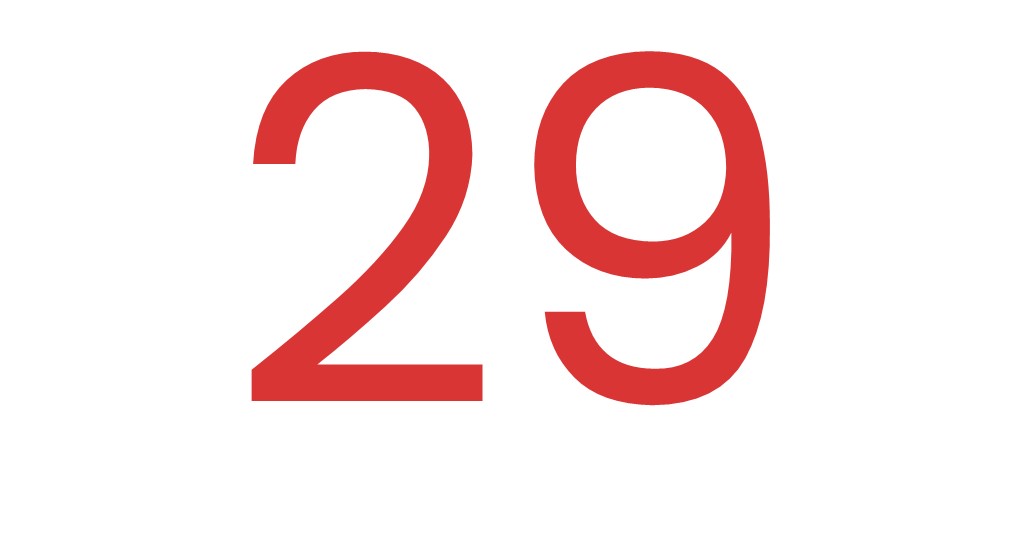
For Technology Leaders, if 2020 is to be remembered for crisis management, the theme for 2021 has been execution.
Over the last 12 months in the ASX300, there have been 29 appointments for the Chief Information Officer position or equivalent Head of Technology, more than half of which have been internal placements. Interestingly, 20% of these placements have been from outside of their respective sectors and 27% were female, compared to 14% the 12 months prior. The prevalence of internal promotions perhaps reflects the scarcity in the market and preference to promote rapidly within this exceptional environment.
The convergence of industries, functions and the distinction between business strategy and technology continues to accelerate. Organisations that operate efficiently at scale have proven dominant, and quoting a leading strategy firm, “technology as in nature, being large and fast is best . . . large and slow can work . . . small and slow is a pathway to extinction.”
The ultimate risk for organisations is to be seen as a commodity, which has already been observed in the telecommunications and energy sectors. Investments in AI and automation drive out cost in the long run, however, businesses that are unable to invest in this capability to reap the benefits will likely be disrupted by smaller, nimbler organisations without legacy debt or seen as acquisition opportunities from cashed up competition and private equity.
To compete for the customer, leaders in the ASX are accelerating investment into digital experiences. In the past 6 months, there have been appointments of Chief Digital and Data Officers at the Executive Leadership Teams in banking, retail, and telecommunications. CBA in 2021 allocated 20% of $1.8bn of total group spend (up 26%) in digital experiences and has increased its 5-year forecast in digital spend from $5bn to $6bn. Wesfarmers has also committed a further $100m in delivering data and digital in response to increased online sales of 57% across its businesses last year, whilst Woolworths has also increased its investment into Quantium and formation of Q-Retail.
The follow-on effects in the market are abundantly clear, with rampant demand for engineers, developers, data, product, and digital natives. Small and medium-sized organisations stretched for budget are unable to compete with the wage inflation of c. 30% across the board to acquire talent which is being driven up by banking, international tech companies and closed borders. Public sector, managed service providers and consultancy are also seeking similar talent. There has been a presumption that once the borders open this will subside, however, digitisation is a global phenomenon and as Marc Andreessen had predicated ten years ago, “software is eating the world.” New entrants, including cryptocurrency players such as Binance and Coinbase have been hiring in the hundreds across engineering and data from large investment banks and traditional finance. Some CIOs have alluded to this trend akin to the 90’s dotcom period and in the United States, it is the first time in history we are seeing three generations in the workplaces with the “grey tide” of former IT executives re-entering the market. In India and the Philippines, the churn of IT talent is unprecedented and can’t match the global demand.
Cybersecurity is a major concern. In the last 12 months, there have been high profile cyber-attacks across all sectors, including organisations such as Microsoft, Twitch, SolarWinds, Nine Entertainment and JBS Foods. Australia’s investment in cybersecurity is projected to increase by 8% per year and the risks are evolving, with new ones presenting as organisations pursue interconnected customer experiences.
The reopening of certain sections of the economy is setting expectations to double down on growth, increasing pressure on CIOs. Adding to this is the potential widespread impact of so-called ‘The Great Resignation,’ and the departure of seasoned team members.
The learnings of 2020 and 2021 have matured organisations’ willingness to adopt next-generation technologies. There are predictions for 2022 that IT spending will hit over $100bn in Australia, the strongest in a decade. In line with this, the market for top-level expertise in cybersecurity, API, cloud, and digital transformation will continue to remain highly competitive.
Given that 2022 sets high expectations for business to make up for two years of lost growth, and with the fourth industrial revolution upon us, representation and the associated communication strategy will define futures. Blenheim Partners’ Technology and Digital Transformation Practice is well-placed to provide you with detailed insight and an understanding of the capability that exists both locally and internationally. In this candidate-tight market, your approach to acquiring top talent is critical.

